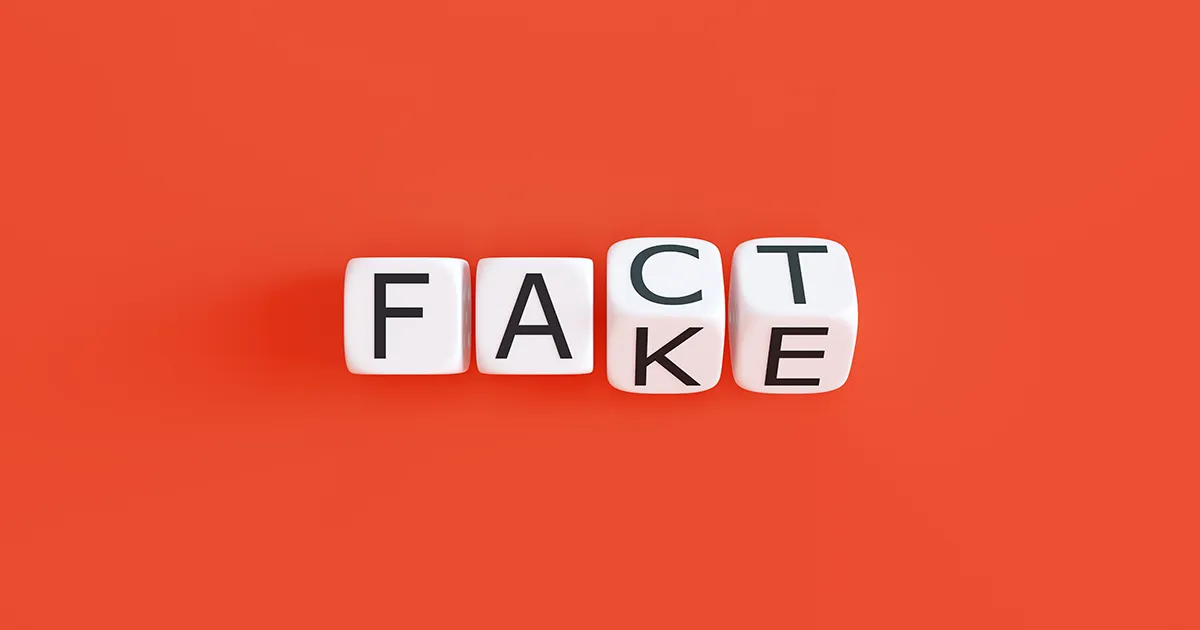It’s not a secret that disinformation, false rumors or fake news are prevalent. Social media has enabled most anyone to share information - leading to this issue. On one hand, the public’s awareness of disinformation and the ability to determine if something is fake, has increased. But it still happens: a 2022 study by Statistica found that 38.2% of the people surveyed accidentally shared fake news.
So how do you identify and combat disinformation and false rumors? Especially since disinformation and false rumors spread quickly and are often unanticipated.
First you need to be aware of the misleading information.
There are many tools to help you. Google Alerts is an easy (and free) tool to keep on top of new information published on the internet. It's easy to set-up and you can track information on any topic, company or name.
The only downside of Google Alerts is you will not receive alerts on social media mentions. Unfortunately, there isn't a free tool that can help you keep track of social media mentions on a variety of platforms. But here are a few recommendations:
- Tweetdeck is a free tool by Twitter to help you keep on top of Twitter mentions.
- Hootsuite is a helpful listening and posting tool, with plans starting at $99/month.
- Awario is a lower-priced monitoring software, with plans starting at $24/month.
- Brand24 has plans that will also monitor Tiktok, Twitch and more.
- Loomly integrates with a slew of social media channels and has plans that start at $26/month
- Linked In allows you to set-up notifications on your profile about page updates and other activity, but it’s limited.
- Facebook offers statistics about your page's performance, but it does not offer social monitoring tools.
The next step is to communicate accurate information.
You will want to explain the true information clearly and concisely without adding personal opinions. A lot of disinformation is founded in half-truths. So, when you are putting together your information, acknowledge what information is true and what is not.
A good example is this web page published by the DEC in New York on Eastern Cougar (mountain lion) sightings. It begins by explaining how you can report a mountain lion sighting. The page then details two types of disinformation. It first shows images that weren’t taken in New York or created with image editing software. The second is a statement that the DEC has not and will not release cougars into the wild (despite contrary reports).
Finally, be a source of trustworthy information.
Your organization can do this by being consistent and repetitive with your organization’s outreach. There are many ways to do this, including:
- Publish consistent, timely and accurate information on your website.
- Institute a text messaging-based system for public alerts and critical messages.
- Create an email list of reporters and editors and send press releases that are easy for them to either republish as is, or to ask for an interview.
- Regularly post on your social media channels including Facebook, Instagram, and Twitter.
If your communications are consistent and factual, you will build a loyal group of followers. They will feel confident your information is truthful and accurate. And before you know it, your messages and data will be reshared and published helping to combat disinformation.
